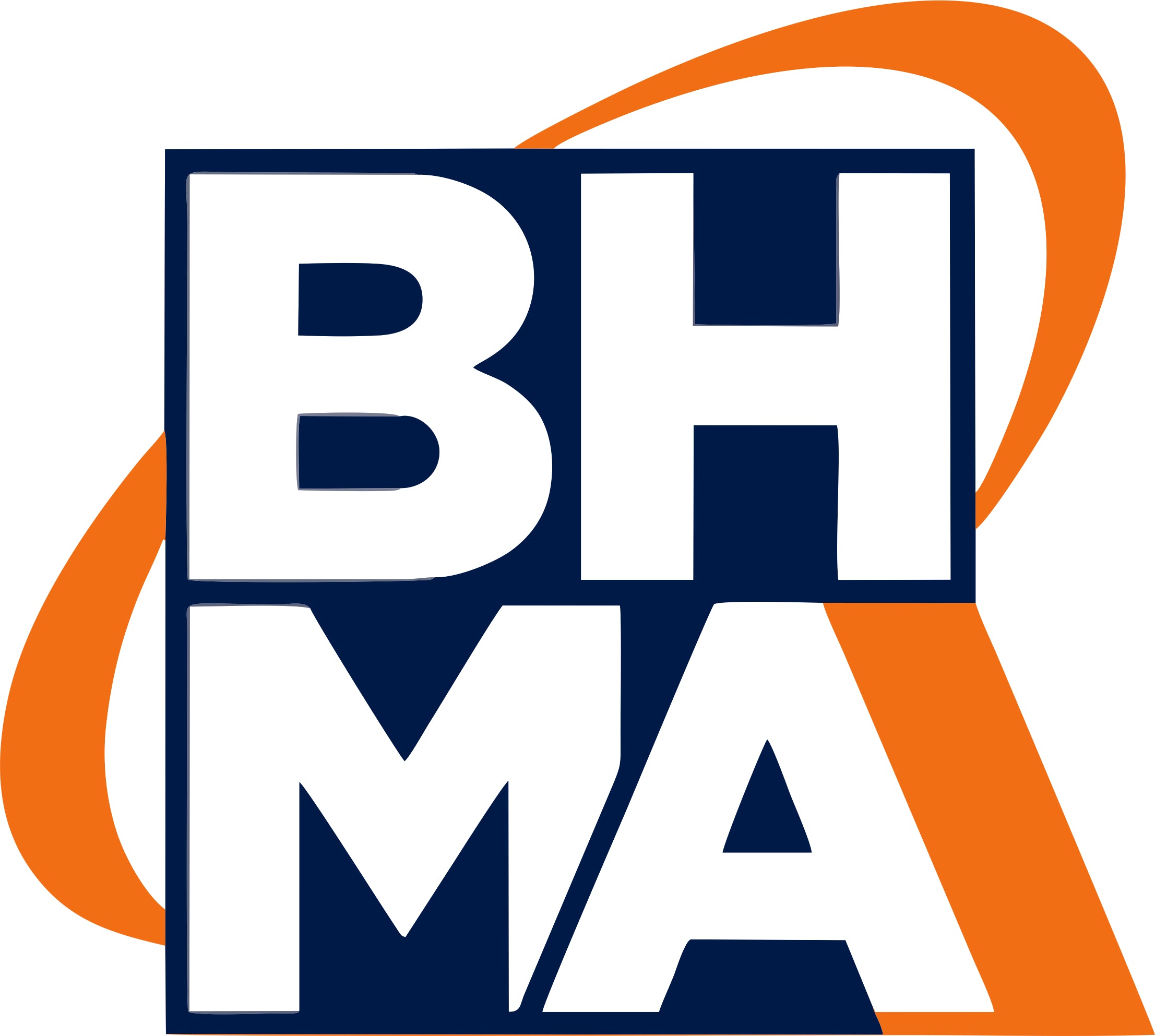Chalkboards have been a staple in classrooms and offices for decades. They are a versatile tool that can be used for teaching, presenting, and brainstorming. Chalkboards are made of a smooth, flat surface that is coated with a layer of chalkboard paint. This allows users to write on the board with chalk, and then erase the writing with an eraser or cloth.
Chalkboards come in various sizes and shapes, from small handheld boards to large wall-mounted ones. They can be used for a variety of purposes, including writing notes, drawing diagrams, and displaying information. Chalkboards are also popular in restaurants, cafes, and bars as menu boards
or for displaying daily specials.
History of Chalkboards
Chalkboards have been an essential tool in the classroom for centuries. The first recorded use of a wall-mounted chalkboard in the United States occurred at the U.S. Military Academy, West Point, in 1801. Subsequently, the use of chalkboards spread rapidly throughout schools in America and Europe.
Before the invention of chalkboards, students used individual slates made of actual slate or pieces of wood coated with paint. These were small, handheld boards that students used to write on with chalk. However, slate was expensive and not readily available to everyone, so the advent of the chalkboard allowed for a more cost-effective and efficient way of teaching.
The chalkboard of modern times was patented in 1823 by Samuel Reed Hall, a leading educator of the day who founded Vermont's Concord Academy, one of the first formal training schools for American teachers. The early chalkboards were simple pine boards painted black.
Chalkboards continued to be the primary teaching tool in classrooms until the advent of whiteboards in the 1990s. However, some educators still prefer the use of chalkboards due to their affordability and simplicity. Additionally, chalkboards are still widely used in developing countries where modern technology is not readily available.
Advantages of Chalkboards
Chalkboards have been a staple in classrooms for centuries, and for good
reason. They offer several advantages over other teaching aids. Here are a few:
Cost-effective
One of the biggest advantages of chalkboards is their affordability. Chalkboards are significantly cheaper than other teaching aids like whiteboards or interactive boards. The cost of a chalkboard and chalk is minimal compared to the cost of an interactive board or projector. This makes chalkboards a great option for schools and teachers who are on a tight budget.
Easy to Use
Chalkboards are also incredibly easy to use. Teachers can easily write and erase information on the board with minimal effort. Unlike interactive boards, there is no need to learn how to use complicated software or
hardware. Additionally, chalkboards don't require electricity or an internet connection, which means they can be used in any classroom, regardless of its technological capabilities.
Overall, chalkboards offer a cost-effective and easy-to-use teaching aid that has stood the test of time. While other teaching
